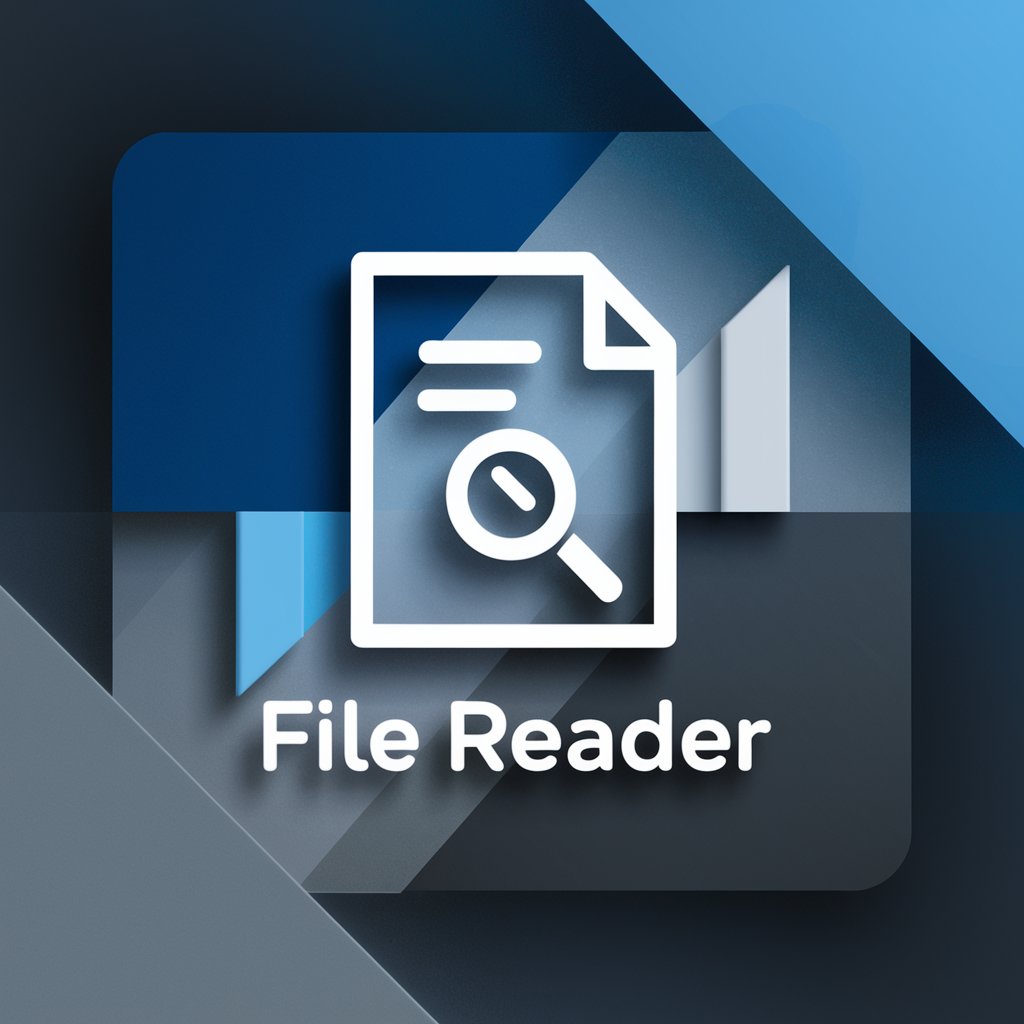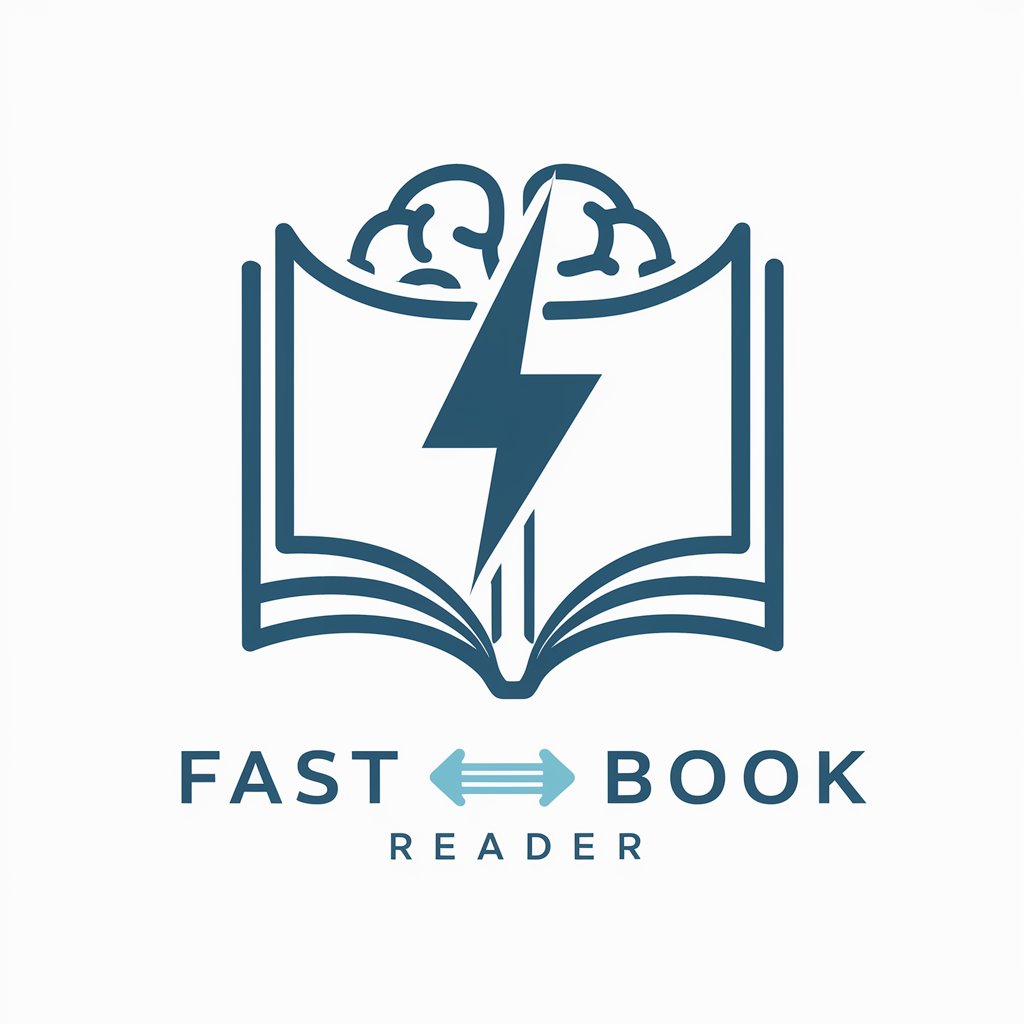
Great power of reading files - Document Analysis Tool
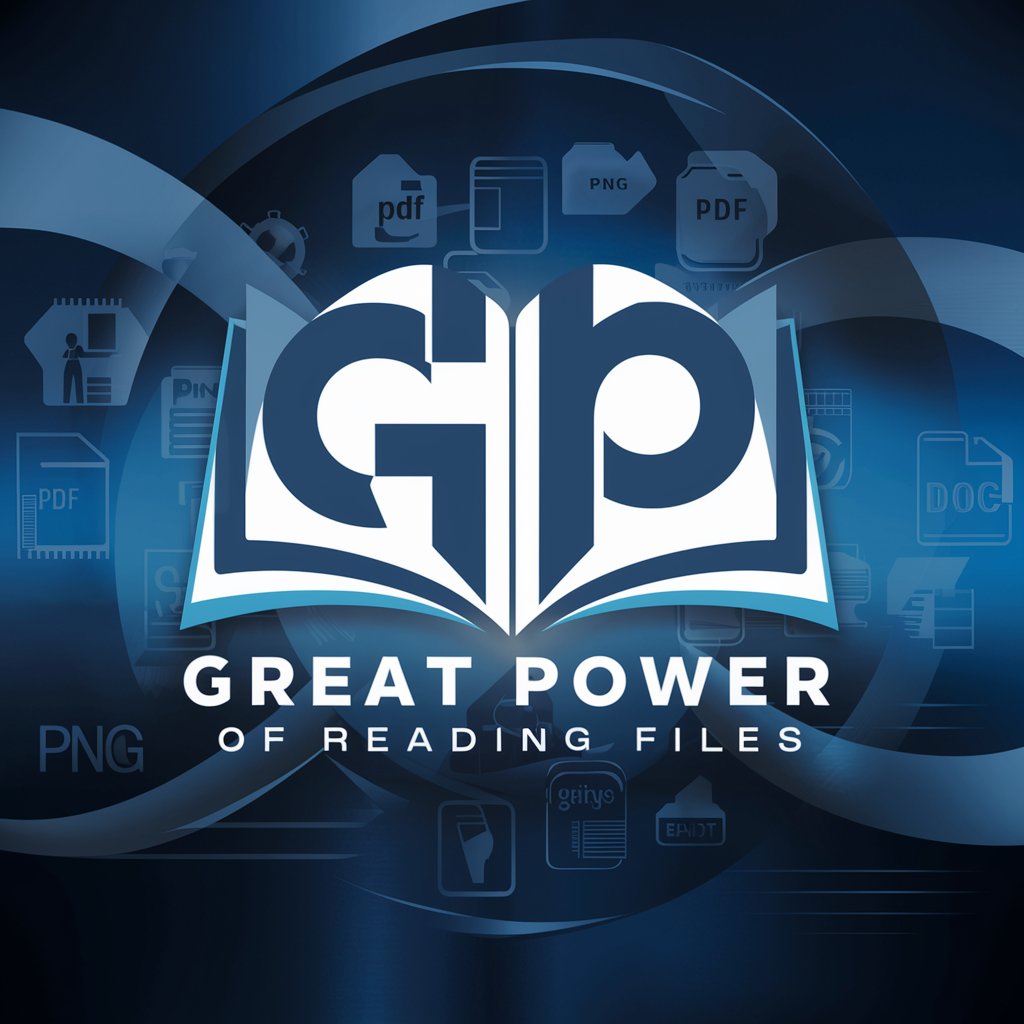
Hello! I'm here to help you understand your files better.
Unlock insights with AI-powered file reading.
Please summarize the main points from this PDF file.
Can you extract the text content from this DOC file?
What information is contained in this PNG image?
Could you provide an overview of the contents of this document?
Get Embed Code
Great Power of Reading Files: An Overview
Great Power of Reading Files is a specialized GPT designed to assist users in interpreting and extracting information from various file types such as PNG, PDF, and DOC. Its core purpose is to facilitate a deeper understanding of file contents, enabling users to efficiently access and comprehend the information stored within these files. This capability is particularly useful in scenarios where files contain complex data or when users need to quickly extract specific information without manually sifting through the entire content. For instance, it can interpret the text within a PDF report, describe the contents of an image file, or summarize key points from a DOC document. This GPT is adept at presenting information in a user-friendly manner, making it an invaluable tool for users who require quick, accurate insights from diverse file formats. Powered by ChatGPT-4o。

Core Functions and Applications
Text Extraction and Interpretation
Example
Extracting text from a scanned PDF document to create an editable text file.
Scenario
A user has a scanned PDF of an old report and needs to extract and edit the text. Great Power of Reading Files can read the document, extract the text, and provide it in an editable format, saving time and effort in manual transcription.
Image Content Description
Example
Describing the visual elements and context of an image file.
Scenario
A user is working with a large dataset of images for a project and needs to quickly understand the content of each image without manually viewing them. This GPT can describe the images, providing insights into their content, which aids in categorization and analysis.
Document Summarization
Example
Summarizing the key points of a lengthy DOC file.
Scenario
A user is faced with a comprehensive report in DOC format and requires a succinct summary of the main points to prepare for a meeting. The GPT can analyze the document and provide a concise summary, highlighting the crucial information.
Target User Groups
Researchers and Academics
This group often deals with extensive documents, research papers, and datasets. Great Power of Reading Files can assist them in swiftly extracting data, summarizing research findings, and converting scanned documents into editable formats, enhancing their research efficiency.
Business Professionals
Business professionals frequently encounter various documents, including reports, contracts, and presentations. This GPT can help them quickly glean the essential information from these documents, facilitate contract review by extracting key terms and conditions, and summarize reports for swift decision-making.

Guidelines for Using Great Power of Reading Files
Start Free
Begin by visiting yeschat.ai for a free trial, no account or ChatGPT Plus required.
Upload File
Select and upload the file you need analyzed. Supported formats include PNG, PDF, and DOC.
Specify Needs
Clearly state what information you seek from the file, such as text extraction, data interpretation, or specific questions.
Review Output
Examine the extracted information and analysis provided by the tool.
Provide Feedback
For improved future experiences, provide feedback on the tool’s performance and accuracy.
Try other advanced and practical GPTs
Chat With Books And Files
Unleash AI-Powered Literary Exploration
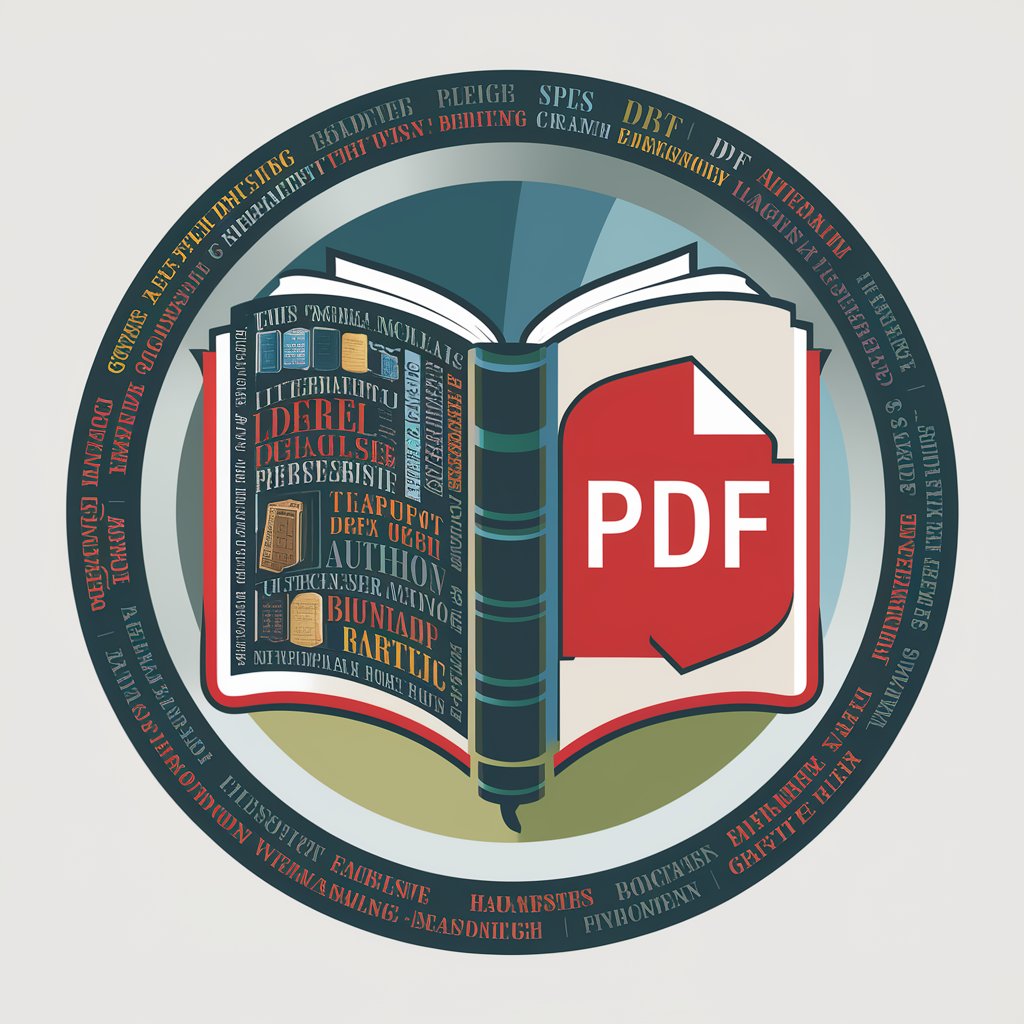
DANA SCULLY - "THE X-FILES"
Unravel mysteries with AI-powered investigation.
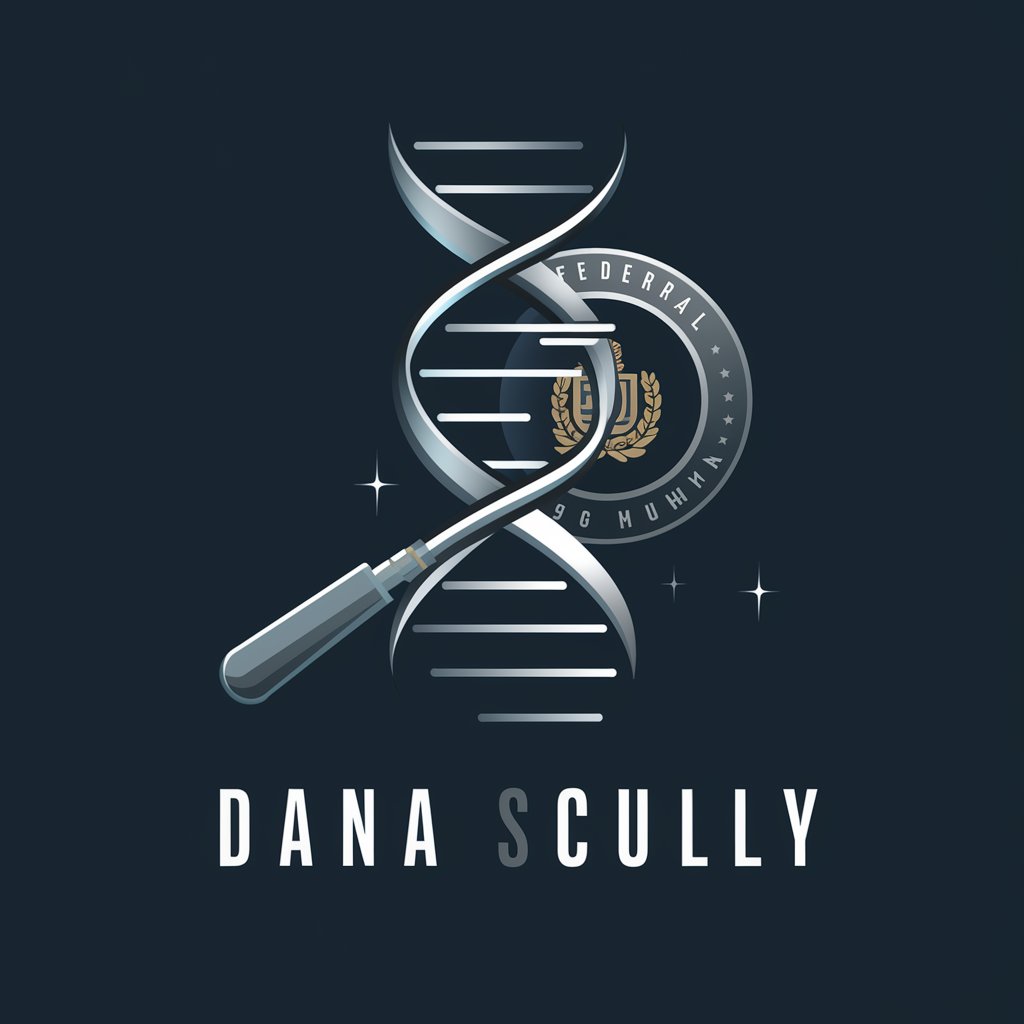
AI Group Files
Smart, Adaptive File Management Powered by AI

The Sterling Files
Unravel mysteries with AI precision

Declassified Files
Decoding history with AI-powered analysis

Myth Storyteller Inspired by The Why Files
Dive into myths with AI-powered storytelling

Audio Files Converter 🔊
Transform audio effortlessly with AI power

ChatPDF - AI Chat with Any Files
Unlock Insights from Documents Instantly

Conspiracy Files
Unravel the truth behind conspiracies.

Design Reviewer
Empowering design perfection with AI-driven insights.

Design Guru
Empower Your Creativity with AI

Runway Review
Empowering Fashion Insights with AI

Frequently Asked Questions about Great Power of Reading Files
What file types can Great Power of Reading Files process?
It can process various formats including PNG, PDF, and DOC files.
Can this tool extract text from images?
Yes, it can extract text from images using OCR technology.
How accurate is the file analysis?
The tool aims for high accuracy, but results may vary based on file quality and complexity.
Is user information kept confidential?
Yes, user privacy is maintained, and files are not stored post-analysis.
Can Great Power of Reading Files help with academic research?
Absolutely, it can assist in extracting and interpreting data from academic papers and documents.

